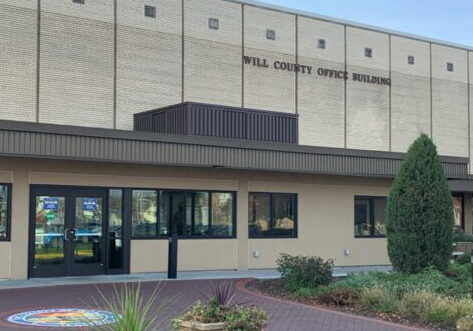Will County has implemented new safety protocols and training programs across its facilities, including the selection of department safety monitors and participation in community health education events.
Each county department has chosen two safety monitors who will receive specialized equipment including hats, flashlights, and laminated evacuation sheets to help coordinate emergency responses, Facilities Director Bill Fern reported to the Capital Improvements & IT Committee Monday.
“During a fire drill or an evacuation event or any other event, that person’s responsible for that department to get everybody out and then make a sweep of the area,” Fern explained. The safety monitors will be the last to leave their areas, ensuring no one is left behind before proceeding to designated rally sites.
The county has also expanded its life safety training programs, with CPR and AED training continuing at the Facilities and Capital Improvements Building. The facilities team participated in Sunny Hill Nursing Home’s House Skills event, where they provided CPR, AED, and basic life safety training to nursing home staff and visitors.
“We had Tyler, which is the resident manager for Sunny Hill in the health campus, and life safety specialist Phil go in and do CPR, AED and basic knowledge of life safety and drills for the entire staff,” Fern said.
The county continues installing updated safety signage throughout its buildings to meet national standards, with new signs recently added at Sunny Hill Nursing Home and other county facilities. Fire drills, fire alarm testing, and elevator inspections remain ongoing across all properties.
Fern noted that despite completing over 760 work orders in May involving more than 800 hours of labor, the facilities team maintained a zero-injury safety record.
“It’s good to be on budget and on time, yes sir, but nobody got hurt,” Committee member Herbert Brooks Jr. said, calling the safety achievement worthy of celebration.
The county also addressed a longstanding bird problem at the archives building on Nicholson Street by installing protective netting. The solution, modeled after installations at area hospitals, eliminated nesting birds and the associated mess at the building’s entrance.
“We toured a couple other facilities and went to other facilities, couple different hospitals that had put this netting in and it really works,” Fern said. “We have zero birds, everything’s safe, power-washed clean, no more mess.”

